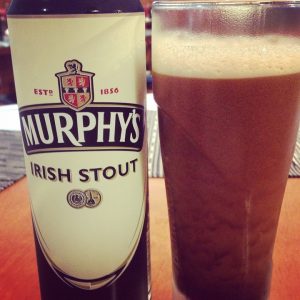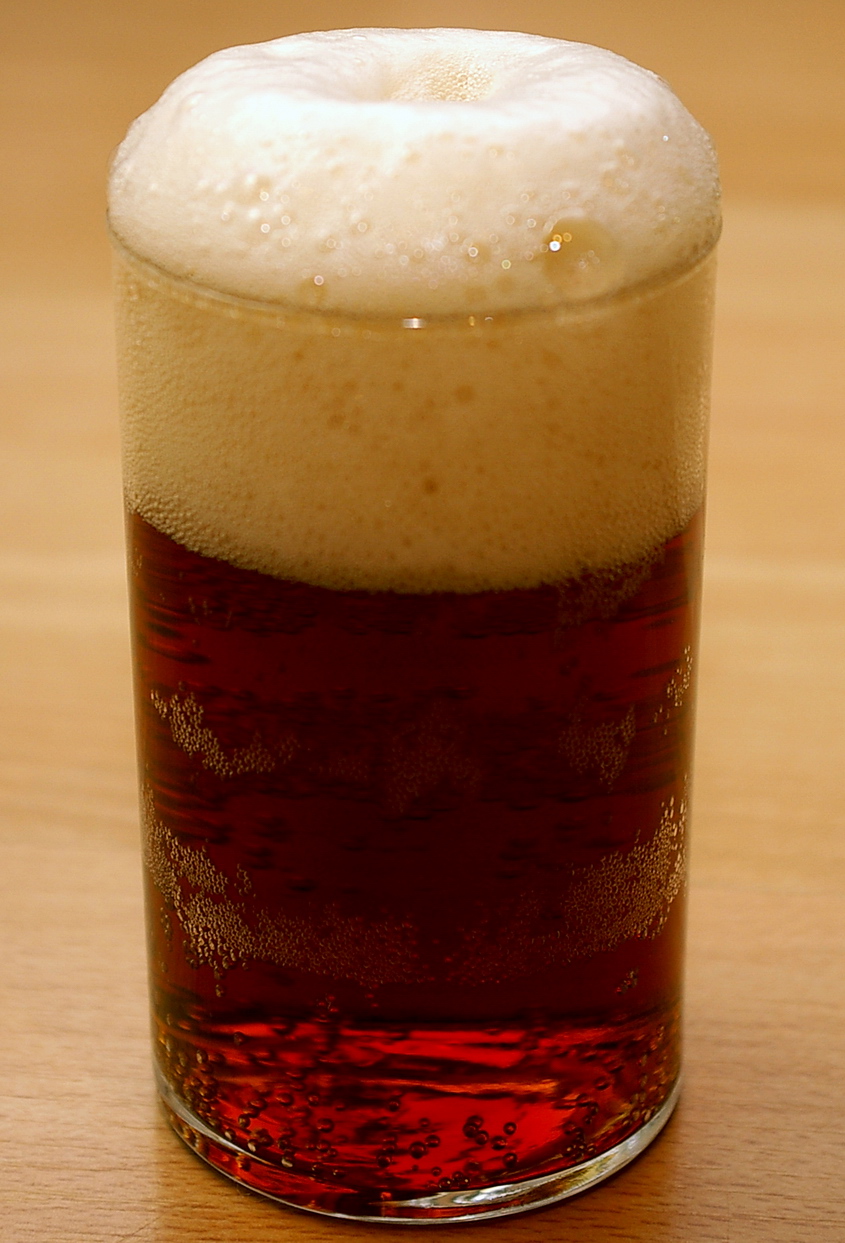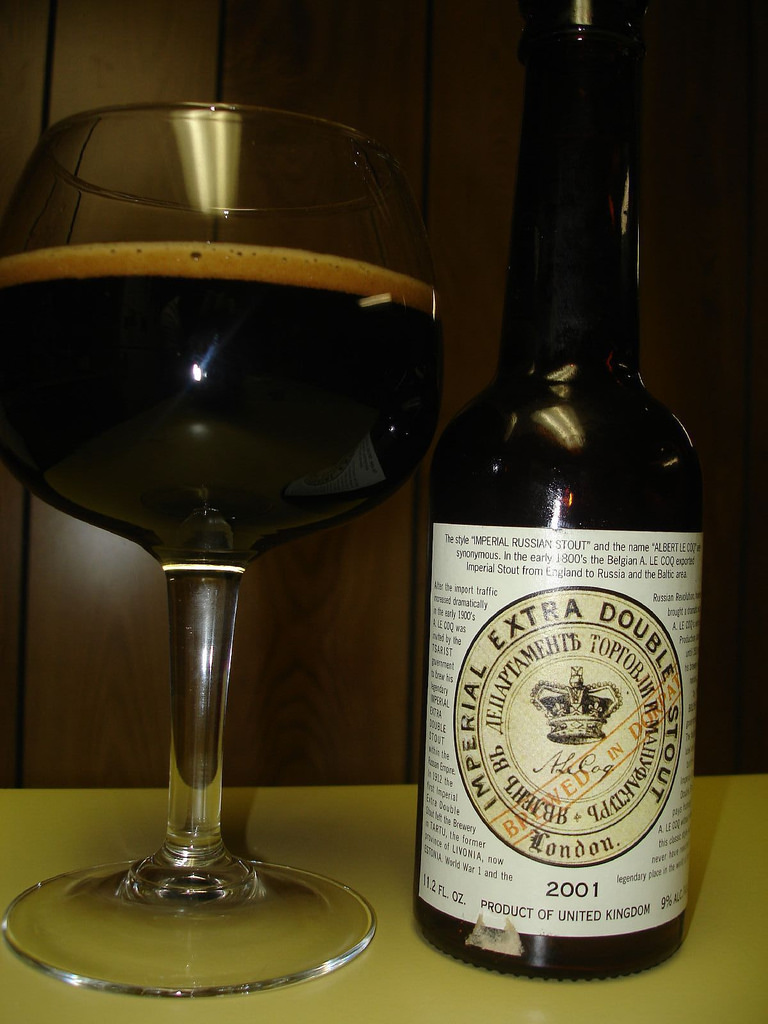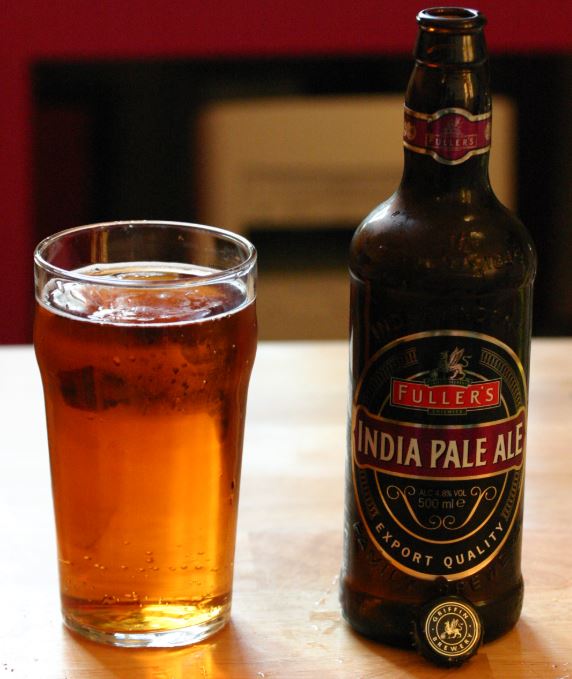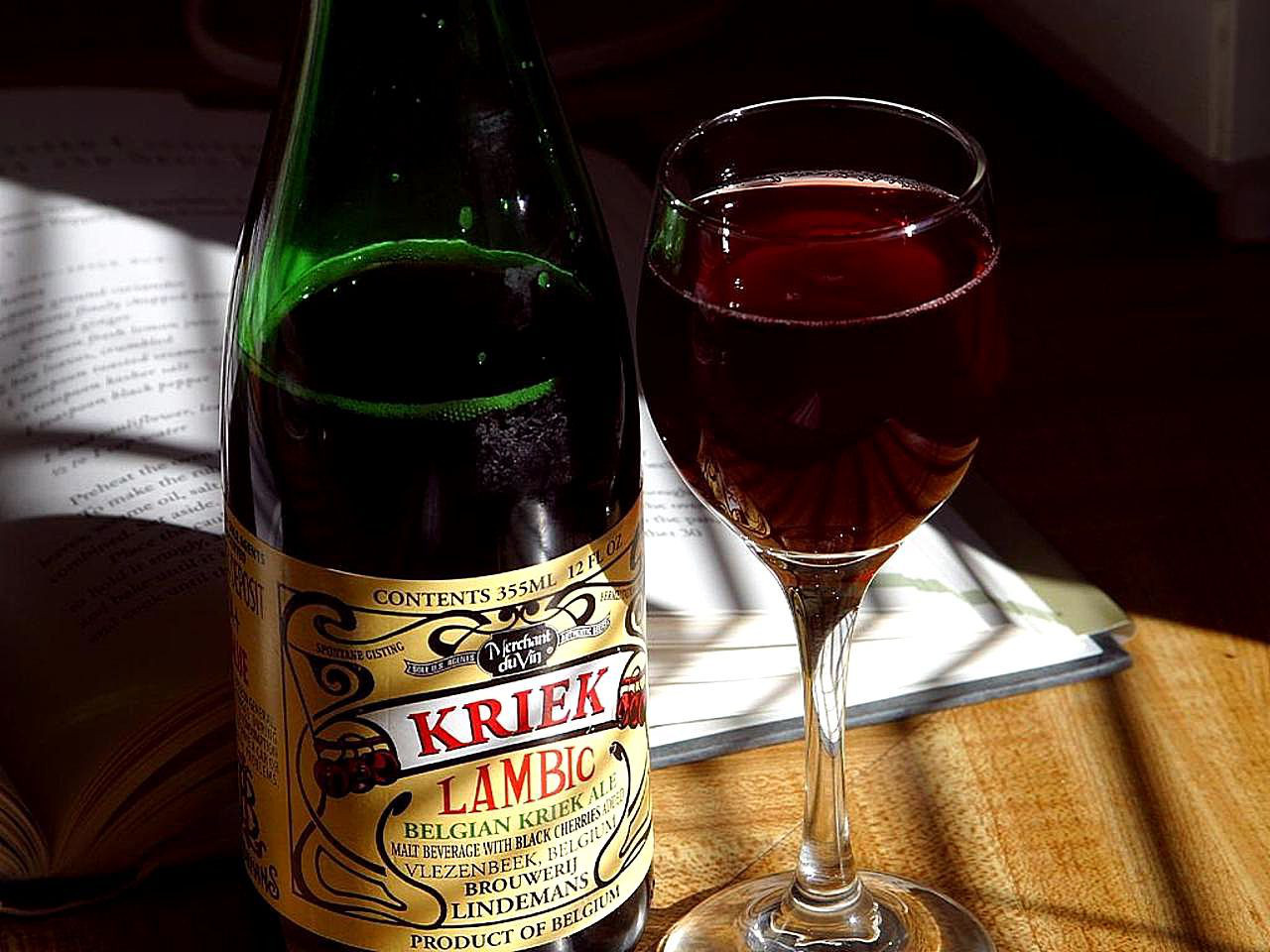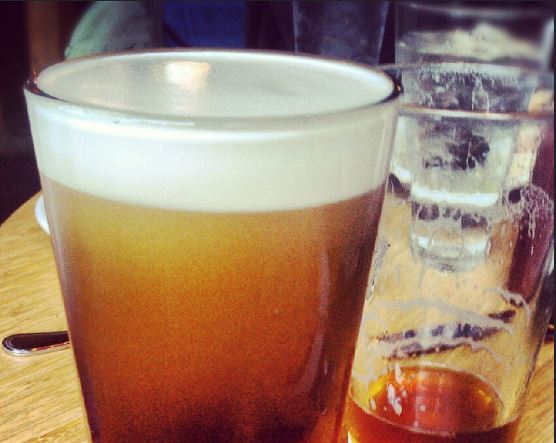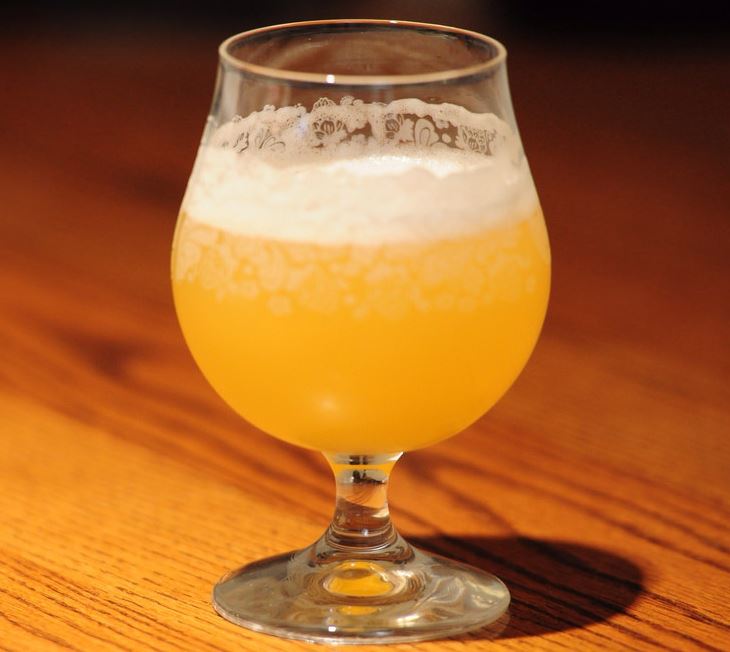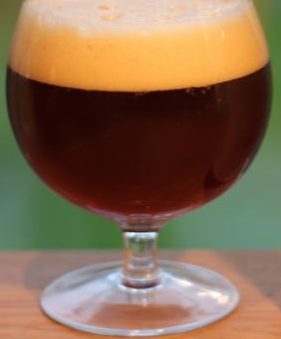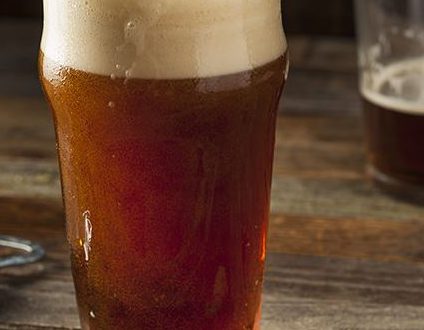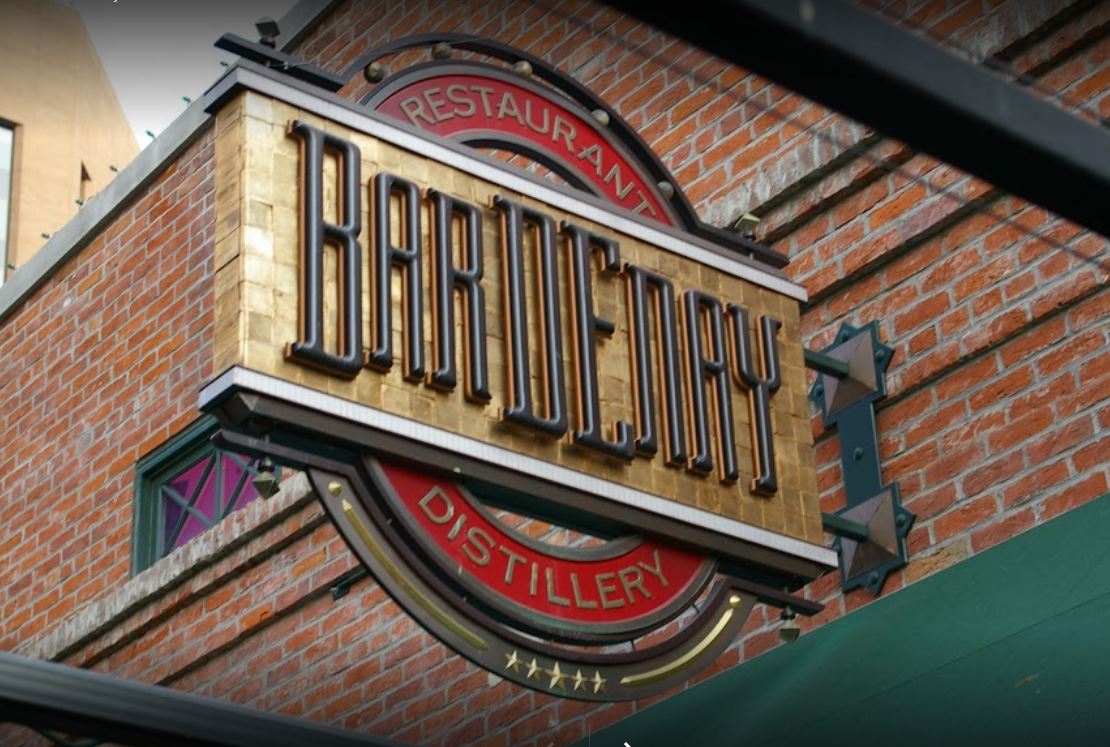Throughout the world, crowded taverns thrill to a “shout for stout.” US beer drinkers might think that odd, but only until they learn the meaning. In a vast number of Anglo-oriented pubs customers recognize “a shout” as slang for a declaration to buy the next round. Not surprising, the grateful response usually results in a flurry of orders for stout. Stout? Indeed. First brewed in the 1700’s, the stout you drink has disputed origins. Some writers describe it as the son of porter. Others insist stout existed long before. Those
MORE →No German style causes more misunderstanding and argument in the United States than Altbier. It seems wherever you go someone has something else to say about the profile of Alt. Opinions like ‘Alt should have big hops’; ‘No, alt’s possess a sweetness’; ‘They have a light bright color’; ‘No way, they’re dark and murky.’ shoot back and forth, in bars, at beerfests, and over the mash tun. How does a beer enthusiast cut through it all? Maybe it requires a trip back to the old country. Associated with the city
MORE →Snow swirled about the isolated command post as the captain of the guard prepared his late night meal. It was another cold night of protecting the empire. Within a few minutes one of his sentries, rounds complete, stepped inside. Pouring two beers, the captain passed one to the foot soldier and raised the glass in a simultaneous salute and toast to the Czar, in thanks for the comforting rations. In a scene repeated across the great expanse of Russia, grateful soldiers savored the dark, hearty ale. They were fortunate; spared
MORE →What do you look for in a beer? Do you consider a big hop signature, evident alcohol, and a floral nose among a beer’s essential virtues? If you answered yes, this aggressive British beer should be one of your favorites. Known as either India Pale Ale, or more simply IPA, the origin of both Pale and India Pale Ale dates to the late 1700’s and a revolution in brewing. Throughout Great Britain’s early brewing history beers shared one characteristic — a deep colored murkiness, and it was caused by an
MORE →“They’ve been told to take the couch, Renee.” He sighed, his wife Margeriet was on the kick again. “Don’t tell me how important it is to the beer, that’s just superstition.” she continued. Picking up her parcels she paused at the door. “I’ll be back at five, please cooperate Renee.” Renee thought of all the times he fought this battle. She didn’t understand how everything in the brewery was a home to the microbes, yeast, that made their beer so special. Idly fingering the upholstery, he imagined how each book,
MORE →Cold rain lashed the group gathered at the base of Ben Nevis, Scotland on October 18, 1883. As the highest peak in Scotland, Ben Nevis was selected as the location of Great Britain’s first high weather observatory, and the group planned a hike to the top for its dedication. Near the summit snow was piled over two feet deep, and blizzard-like conditions shortened the celebratory speeches. Without missing a beat the party simply moved inside. Scots expect weather of that nature, as a constant companion in life they simply make
MORE →How do you become a brewing legend? The easiest way is to save a dying style. So here’s a pop quiz. Which brewers can be so credited? (Passing grade is two.) One of the easiest, for those of us in the United States, is Fritz Maytag and Steam Beer. The other, Pierre Celis and Wit beer. Originating in Belgium, Wit evolved as a product of geography and world conquest. Its roots go back to the area of Brabant just east of Brussels which extends toward the city of Liege. A
MORE →If the old master Rubens were to paint a beer, barley wine would be his subject. Certainly such a match would be no accident; both portray a full body, appreciate with age, and critics never regard them lightly. Indeed the classic canvas of barley wine presents the most sophisticated of beers. Although the designation barley wine originated early in the 1900’s, the style has undoubtedly been brewed for hundreds of years. In by-gone days these were referred to as strong ale, stingo, Burton ales, old ales and Scotch ales. Many
MORE →From the silent stillness a gentle breeze rises, refreshment for the soul. After a few satisfying moments it fades. Again it reappears, not as strong, but equally satisfying. It sounds like the story of summer, but serves as a metaphor for Brown Ale. Like a soft, fleeting zephyr, Brown Ale’s past escapes a tangible grasp. Beer historians know it was there, but can’t pin point it’s beginning, direction, or composition. According to Ray Daniels and Jim Parker, in their book “Brown Ale”, the first clear reference to the style was
MORE →In Boise’s Historical District, Kevin Settles and Dave Krick have established America’s first distillery pub in December 1999. Bardenay Restaurant Distillery, confirmed by the BATF as the first in the country, opened its doors for the new millenium with the focus on high quality cocktails, and great food. Bardenay’s name comes from a term used by sailors for the ship captain’s cocktail hour, when the work stops and the fun begins. Cocktails and fun is what this pub is all about. They not only make their own spirits but also
MORE →